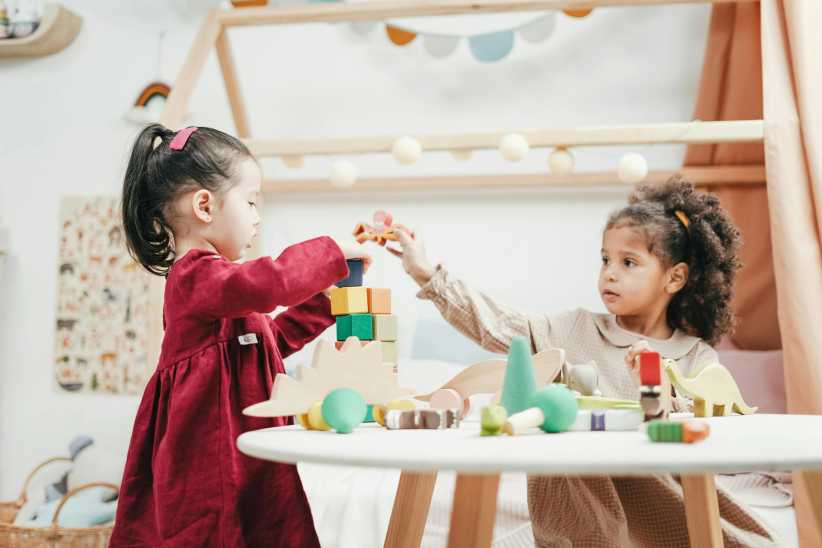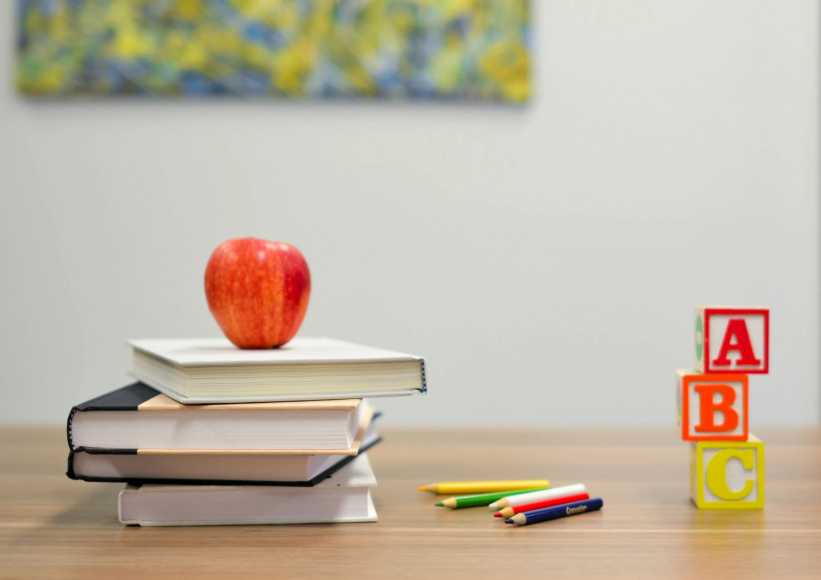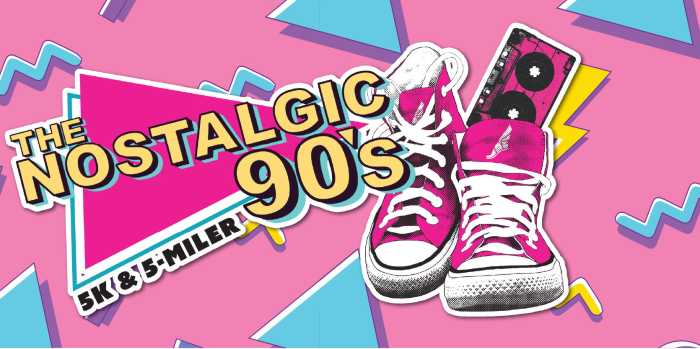Dear Dr. Karyn,
I overheard two moms talking this week about how learning styles impact how their kids feel about school. I realize it’s a big topic, but can you give me an overview on why it’s important, how it impacts my kids (I have four, ages 5 to 19), and how I can tell what style they have?
If you’ve ever heard me speak, you will know that I’m extremely passionate about understanding learning styles, because it has dramatically impacted my life both personally and professionally. At 13 years old, I was diagnosed with a learning disability and told that I would be lucky to finish high school. (I’m not kidding.) I was strong-spirited (others would say stubborn) and refused to get help, so my wise and loving parents did what I often recommend other parents do today — they allowed me to fail. Tough love, but it wasn’t until I failed that I was willing to get help from others (which was a defining moment for me), and only then did things start turning around.
I was never taught about learning styles (I had to figure it out myself in high school) — but through trial and error, I noticed that I learned differently from most other students. And as I tried different strategies (which I will share with you next month), I quickly noticed that my grades started dramatically increasing from the low 60s to high 80s.
As a teen, I looked at my disability as a curse, but today I see it as a blessing. I fully believe that understanding how I learn has been one of my greatest assets for my success professionally. I understand how people think, learn, and process, and what they need to be fully engaged! As a speaker and coach, I know what a person needs to hear for him to get it and understand it. This inside information has been invaluable!
Last year, I did a speaking series at The New York Times and one of my speaking keynotes focused specifically on learning styles. Many of the employees were shocked at the stats. Did you know that 70 to 80 percent of the population are either visual (they learn best through seeing) or kinesthetic learners (they learn best through hands on), but, most high schools in North America (90 percent!) are oriented toward just auditory learners (those who learn best through hearing)? This means that there are millions of students who fall through the cracks, because how they learn is not how they are being taught.
This is NOT about blaming teachers (I am a huge advocate of teachers and the enormously complex job they have) but rather understanding that, unfortunately, many of them have not been taught this critical information themselves. We can all probably think of a brilliant teacher who knows the information but doesn’t know how to teach it, versus the exceptional teacher who knows how to engage her students by tapping into all three learning styles.
The truth is, there are almost certainly people in your life that have struggled with understanding their learning style, whether they realize it or not (kids, students, employees, clients, spouses). And when you start digging deeper with this topic, you realize how many parts of our life it impacts: from our kids’ motivation to communication between spouses, and collaboration within teams at work to engagement with business clients. When we better understand how to reach these people, our communication has the potential to dramatically improve!
This month I want to focus on identifying the three main learning styles (and how you can tell what yours is, as well as the styles of those around you). Next month, we’ll focus on how to maximize your learning style in all parts of your life!
As we kick off this school year, I hope this information will inspire you to help those around you be fully engaged!
Here are four keys to understanding learning styles and engagement at home and at work!
Understand the visual learner
Visual learners learn best through seeing. They are engaged with charts, colors, metaphors, acronyms, videos, and stories that they can picture in their mind. As a parent or manager and an auditory learner dealing with someone who is a visual learner, you may find that he starts to zone out if you talk too long. You may think that he doesn’t care — but the truth is that just listening is extremely draining for a visual learner.
On a personal level, my husband is a highly auditory learner (and I’m highly visual and kinesthetic), so if he’s asking me to do something, and he starts going into too much detail, I can sense myself starting to zone out or disengaging. Thankfully, after 13 years of marriage, he’s learned to say, “Karyn, you know what — I think I’ll e-mail you what I need instead,” which is a lot easier on both of us!
Understand the auditory learner
Auditory learners learn best through hearing. They can hear a song once and remember the words, and they overall find school quite easy. Auditory students are the ones who can just show up in class, do minimal work, and still pull off amazing grades! Since 90 percent of high schools cater to auditory learners, most of these individuals do not struggle academically.
However, the one area they need to make sure they focus on is their motivation and self-discipline. Because school comes easily to them, some of them learn to just show up to school, not doing work, but still achieving fairly decent marks. Unfortunately, this lack of motivation will often catch up to them in college, where many of them do what I call “coasting and crashing,” if they haven’t learned key self-discipline, motivation, and time-management skills to get the work done, they may end up failing courses.
The great news is that this type of learner, when motivated, has enormous possibilities in front of him! I’ve learned from working with thousands of auditory learners that to be engaged, they need to be challenged! If things move too slowly (or teachers, bosses, parents speak too slowly), or they don’t have enough challenging work, they get bored and disengage. At one of my “Dare To Dream” events, one 17-year-old male student said to me at the end of the event, “Karyn, I love your style because you talk fast — you kept me engaged the whole time. I didn’t have any time to think about anything else!” After speaking longer with him, it was clear he was an auditory learner who needed information, communication, and projects to be moving at a fast speed to keep him tuned in!
Understand the kinesthetic learner
The kinesthetic learners learn best through doing. They are engaged by working with their hands, doing activities and moving around — because just talking and listening by itself will be draining for them! Visually seeing something will be more engaging than hearing something, but ideally they need to be doing something physical in order to be fully engaged. Kinesthetic students have also taught me that listening to a parent, teacher, or manager that just stands there (not moving) is draining, but if they can see the person moving around (even using their hands!) while they talk, it helps them stay connected.
You can usually tell if a student is kinesthetic based on his notebook. If there is a lot of doodling, it’s a clear sign that he is a kinesthetic, since doodling helps him to stay engaged — it is NOT a sign of disrespect! At the end of a motivational keynote I gave to a small group of company presidents a couple of years ago, one participant had left behind a sheet that he had been doodling on. Speaking with him later, I realized his primary learning style was auditory (he found school extremely easy) but his second mode was kinesthetic and to help his brain stay engaged he would often doodle.
Learn the
learning style secret
So how can you tell how you learn and also those around you? There are numerous ways to discover it, but one shortcut I use is noticing where a person’s eyes go when you are trying to retrieve something from his memory. The next time you are trying to think way back in your memory for something (ex. what did you wear in your first grade class photo?), try to notice this: did your eyes look up, to the side, or down?
The way our eyes are connected to our brain often tells us what kind of learner we are: visual learners look up, auditory learners look to the left or right, and kinesthetic learners look down. Another way to tell is when someone gives you verbal directions (and you happened to have a pen and paper and NOT a navigation system). Would you write it out (ex. turn right / turn left); would you draw a map; or say, “I’ll just figure it out?” Visual learners usually draw a map; auditory learners will write it out; while kinesthetic learners want to just do it. The reality is that we are each a combination of all three learning styles, but the key is to identify what your primary mode of learning is, and then understand how that impacts your engagement and motivation!
Next month I’ll focus on how to maximize your learning style (and the styles of those around you). Stay tuned!
Dr. Karyn Gordon is one of North America’s leading relationship and parenting experts. She is a regular contributor to “Good Morning America,” founder of dk Leadership, best-selling author of “Dr. Karyn’s Guide To The Teen Years” (Harper Collins), and motivational speaker to a quarter of a million people. Visit her at www.dkleadership.org and on Twitter: @DrKarynGordon.























